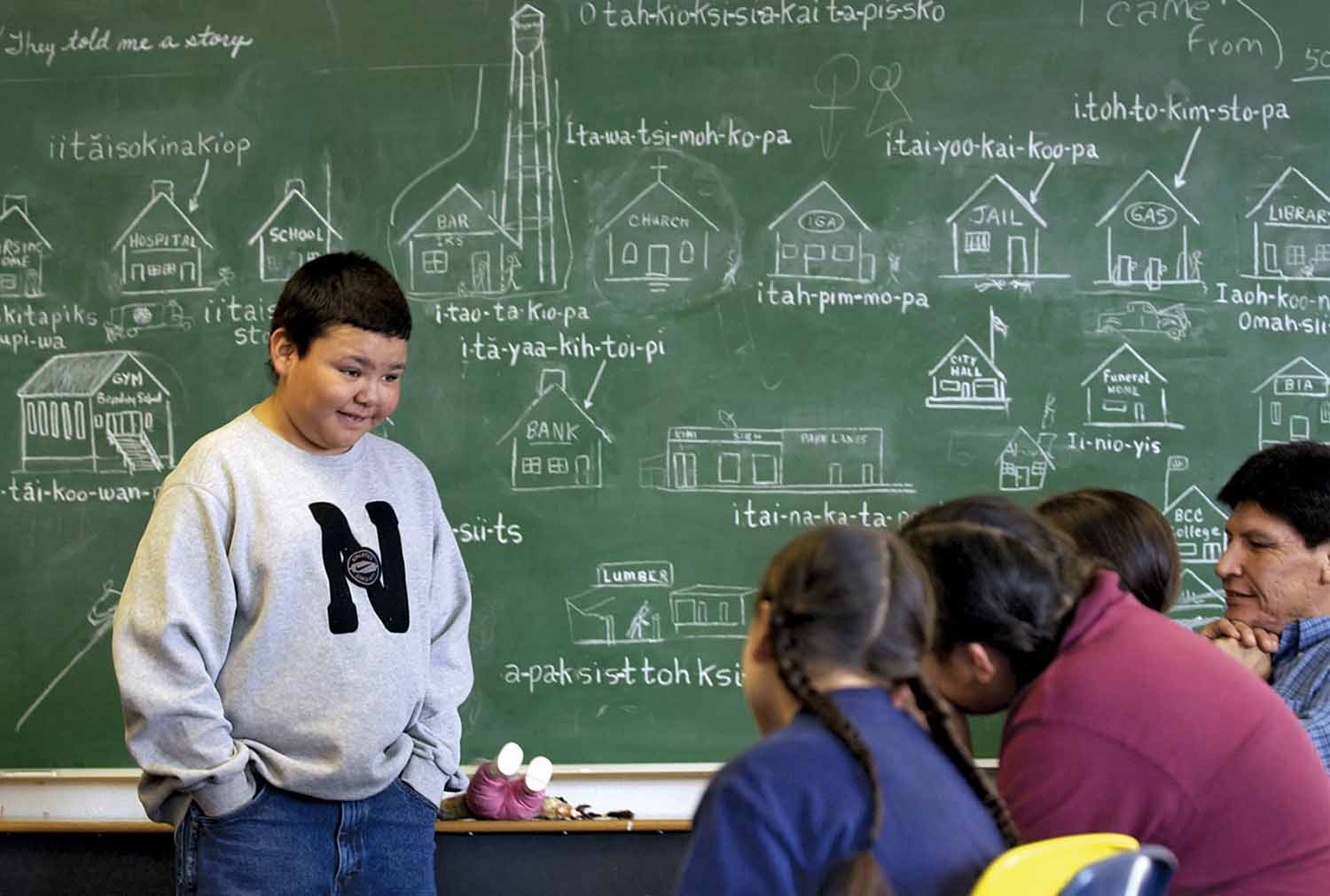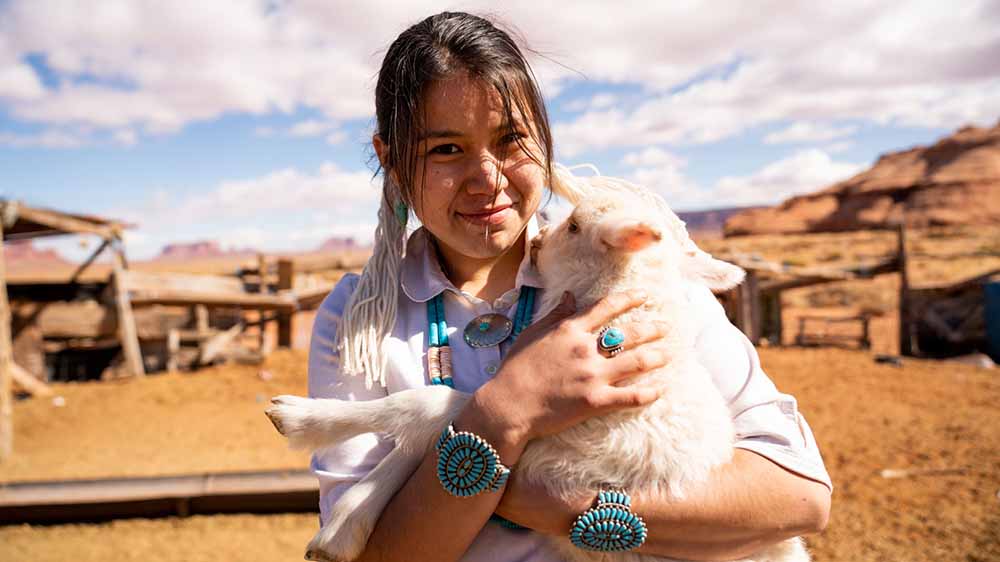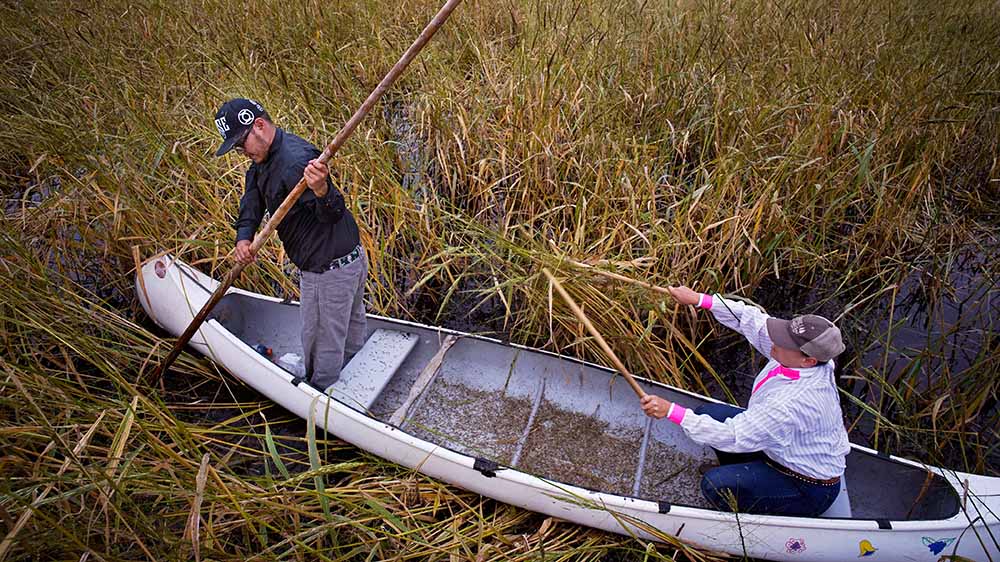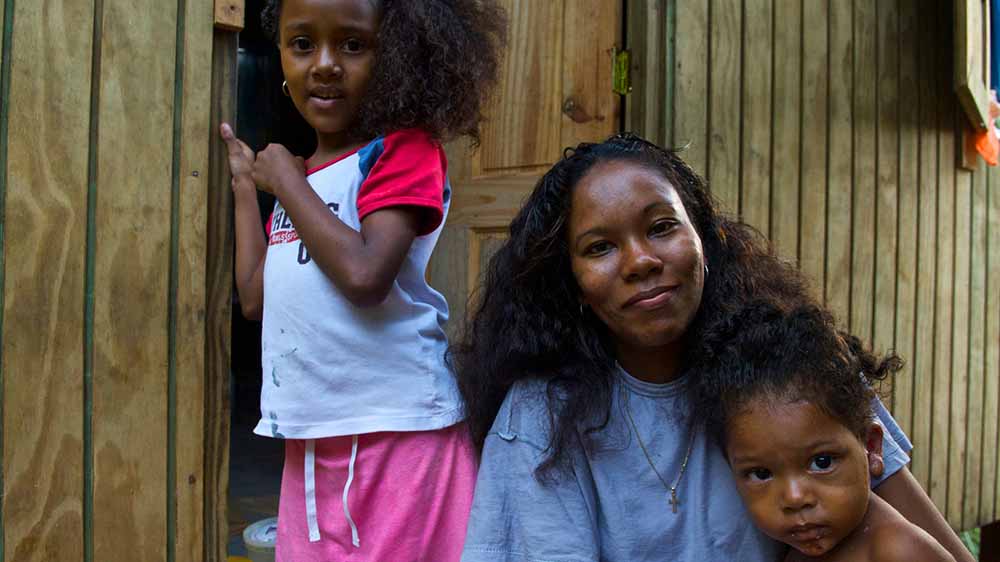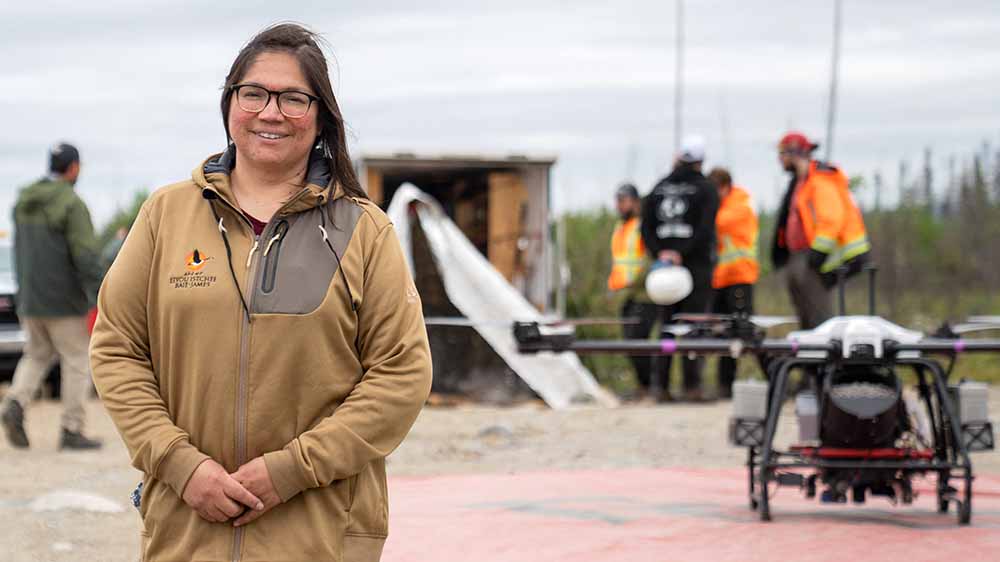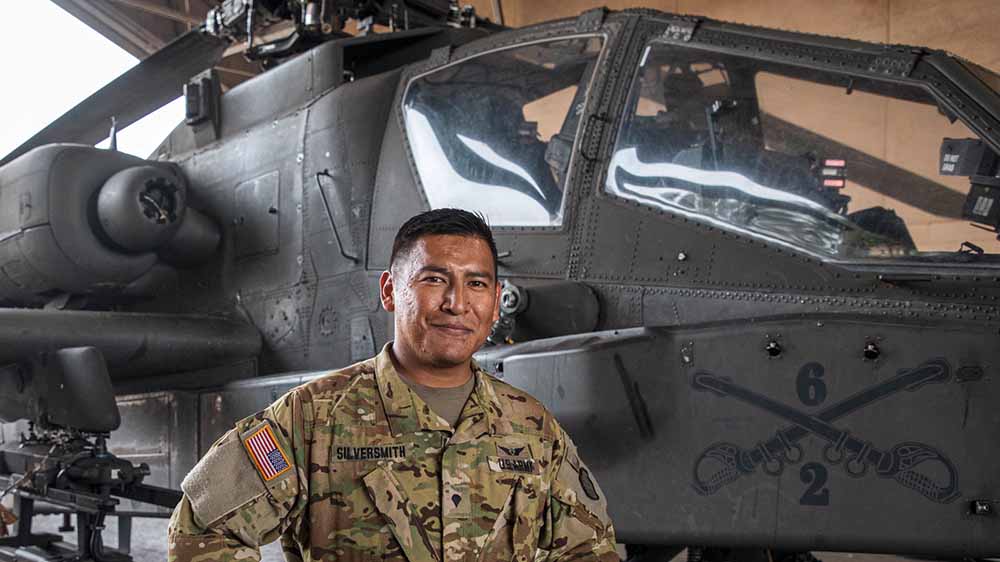The Unseen Ice Champion
Clarence “Taffy” Abel was among the first Native American pro hockey players—but he kept his Ojibwe heritage a secret.
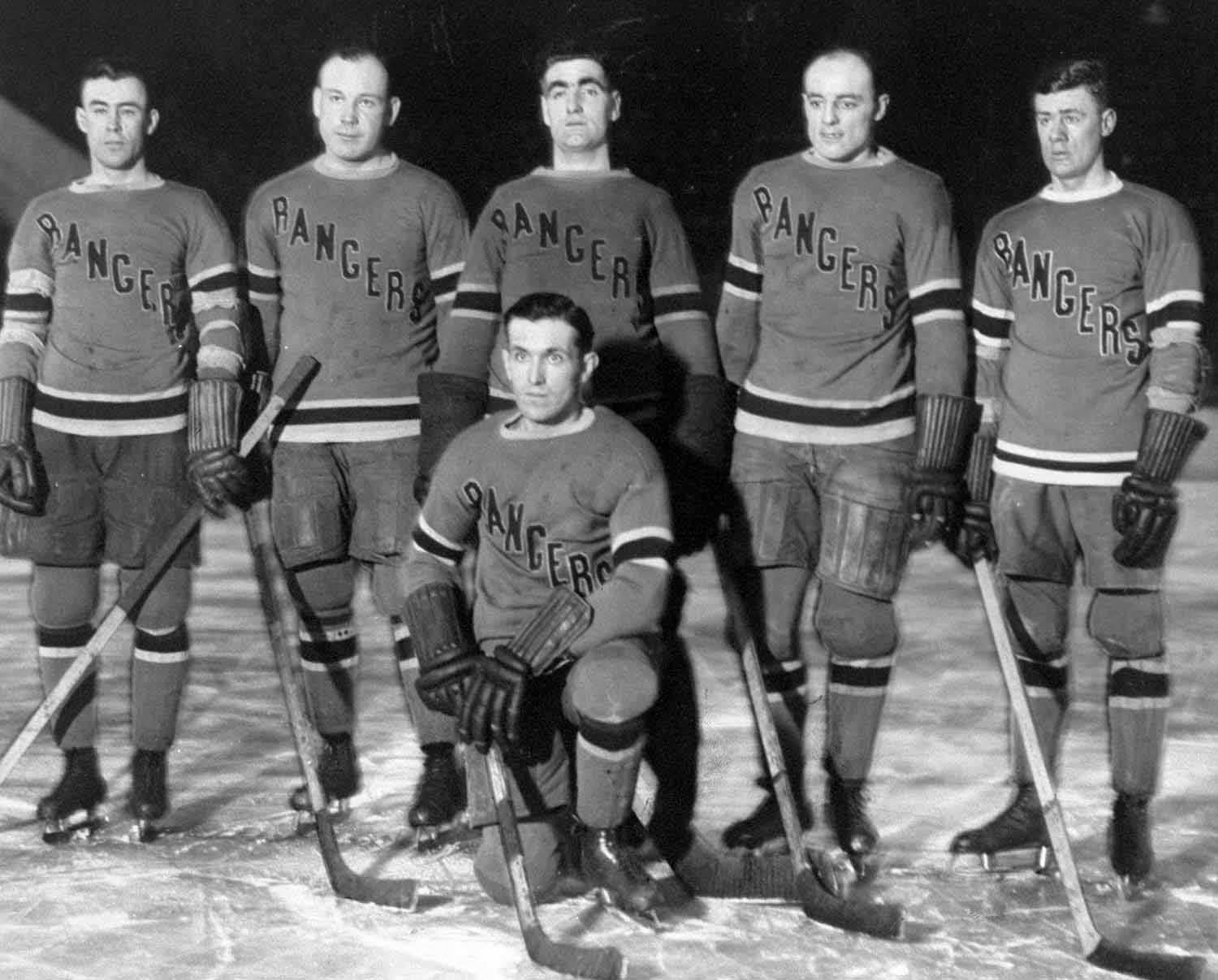
© New York Daily News Archive/Getty Images
Clarence “Taffy” Abel (second from left) poses with other members of the 1926–27 New York Rangers hockey team.
Clarence “Taffy” Abel skated into hockey history multiple times in his life as an Olympian and professional ice hockey player in the early 1900s—but part of his legacy wasn’t fully recognized until after his death. That is because Abel had kept his Ojibwe identity a secret.
Abel was born in the hockey-loving town of Sault Ste. Marie, Michigan, a city on the U.S.-Canada border. This area is also home to many Indigenous communities, including the Chippewa nation (now called Ojibwe) that Abel’s mother belonged to.
Around the age of 24, Abel represented his country at the 1924 Winter Olympics in Chamonix, France, as a member of the U.S. Olympic hockey team. He carried the American flag during the opening ceremony parade, becoming the first Native American to be the flag bearer at the Olympics. The U.S. hockey team went on to win the silver medal.
What nobody knew at the time was that Abel was Ojibwe. Abel grew up at a time when Native Americans faced severe discrimination, so he and his family downplayed his heritage so that he could have more opportunities.
“Taffy would have never got into the 1924 Winter Olympics if he would have [come] right out and said, Hey, I’m Native American,” George Jones, Abel’s nephew, told NPR.
Abel went on to have a successful career in the U.S. National Hockey League. He played for the newly formed New York Rangers and helped them win the Stanley Cup, hockey’s championship trophy, in 1928. He repeated the feat in 1934, this time while playing for the Chicago Blackhawks.
Abel became more open about his heritage once he retired from professional hockey. He died in 1964 and was inducted into the U.S. Hockey Hall of Fame nearly a decade later. He was inducted into the American Indian Athletic Hall of Fame in 1989.
The U.S. Hockey Hall of Fame web page dedicated to Abel said: “He left an indelible imprint in pro and amateur circles as a player, coach and manager. Taffy Abel was a name beloved by hockey followers across the continent.”

